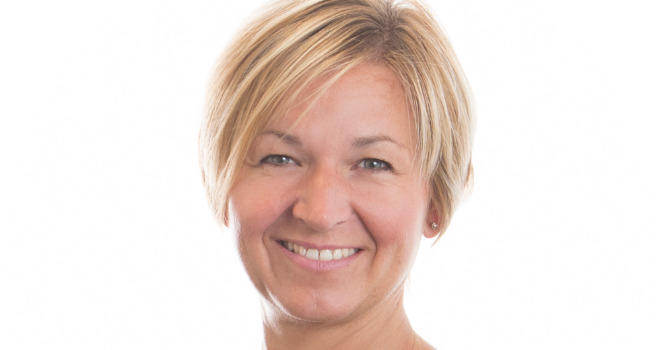
"There is the potential that first-time buyers may soon account for over half of house purchases, and for an increasing number of lenders to offer even more competitive products to keep those figures rising."
The number of first-time buyers aged between 25-34 has remained largely the same over the past 10 years, but the number of borrowers under-25 has been in decline. This demographic now sees the idea of home-buying as a faraway dream; out of their reach for many years to come. The Help to Buy and Shared Ownership schemes were introduced to help young buyers enter the housing market with a lower deposit, yet the figures for under-25s continue to decline – albeit at a slower rate.
As we continue to see ‘Generation Rent’ suffer from exclusion from the property market, specialist lenders like Vida want to help those underserved by the mainstream lenders. We believe that a decline by a high street lender should not be the end of the customer journey and we have developed new criteria to suit the growing needs of a modern first-time buyer. Vida is one of the few specialist lenders offering 90% LTV for first-time buyers, giving those who have lower deposits a chance to achieve their dream of owning a property.
This is a changing marketplace, and the strongest in the space will be the ones who keep up with the pace of change and offer responsible and well-targeted products. According to figures from the Halifax, just over a third (36%) of all house purchases financed by a mortgage were made by first time buyers in 2007. A decade later in 2017, this figure rose to almost half (47%). Despite the profile of a FTB changing along with societal and demographic changes, the desire to get onto the housing ladder appears to be increasing.
It will be interesting to see how trends continue to develop in 2018. There is the potential that first-time buyers may soon account for over half of house purchases, and for an increasing number of lenders to offer even more competitive products to keep those figures rising. More needs to be done to promote the affordability of home ownership to those to those who continue to feel that the purchase of their first property is a long way off.
For intermediaries, there are plenty of opportunities to tap into the first-time buyer market. Research has shown that the Bank of Mum and Dad has become a more common way for first-time buyers to afford deposits and mortgage payments, and the number of elder borrowers turning to equity release to release these funds is on the rise too. As such, intermediaries should be talking to their older clients who may be thinking ahead about how they can help their children or grandchildren onto the property ladder with gifted deposits. They should also be drawing first-time buyers’ attention to the growing number of ‘buying together’ schemes in the market.
Changes to tax relief for buy-to-let landlords are likely to provide possible opportunities for first-time buyers. Intermediaries should be speaking to their clients who are buy-to-let landlords about what they intend to do with their property and whether they are open to selling to their tenants.
More and more first-time buyers are turning to specialist lenders, having been rejected by the strict criteria of mainstream banks. Greater innovation in the mortgage market means first-time buyers now have access to a range of products which are flexible enough to meet their needs. All that is needed is for mortgage intermediaries to tell them the good news!





